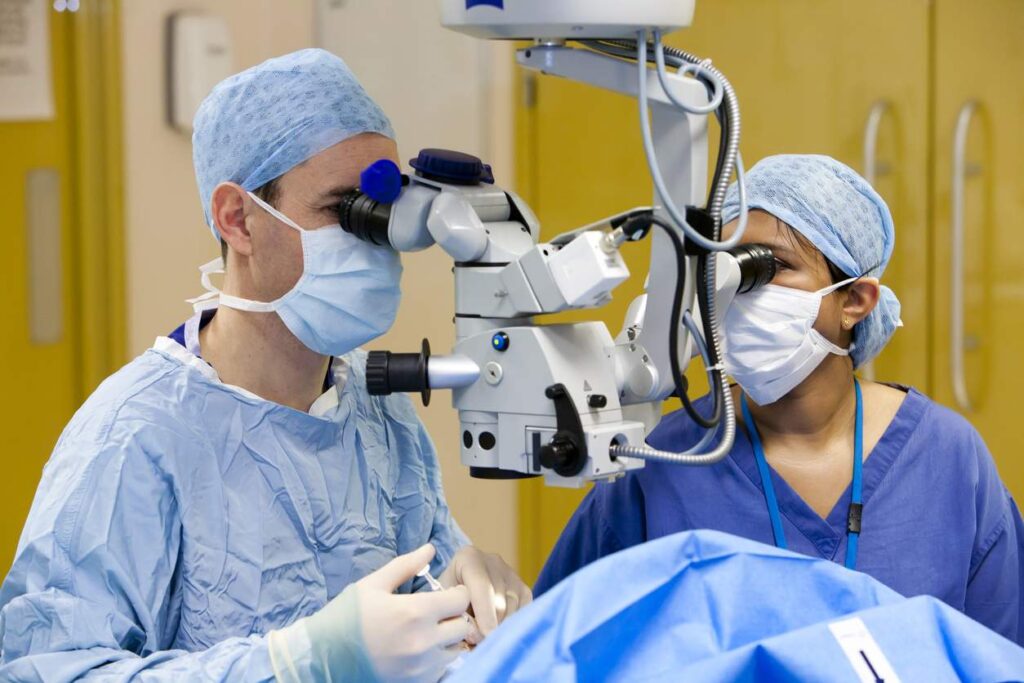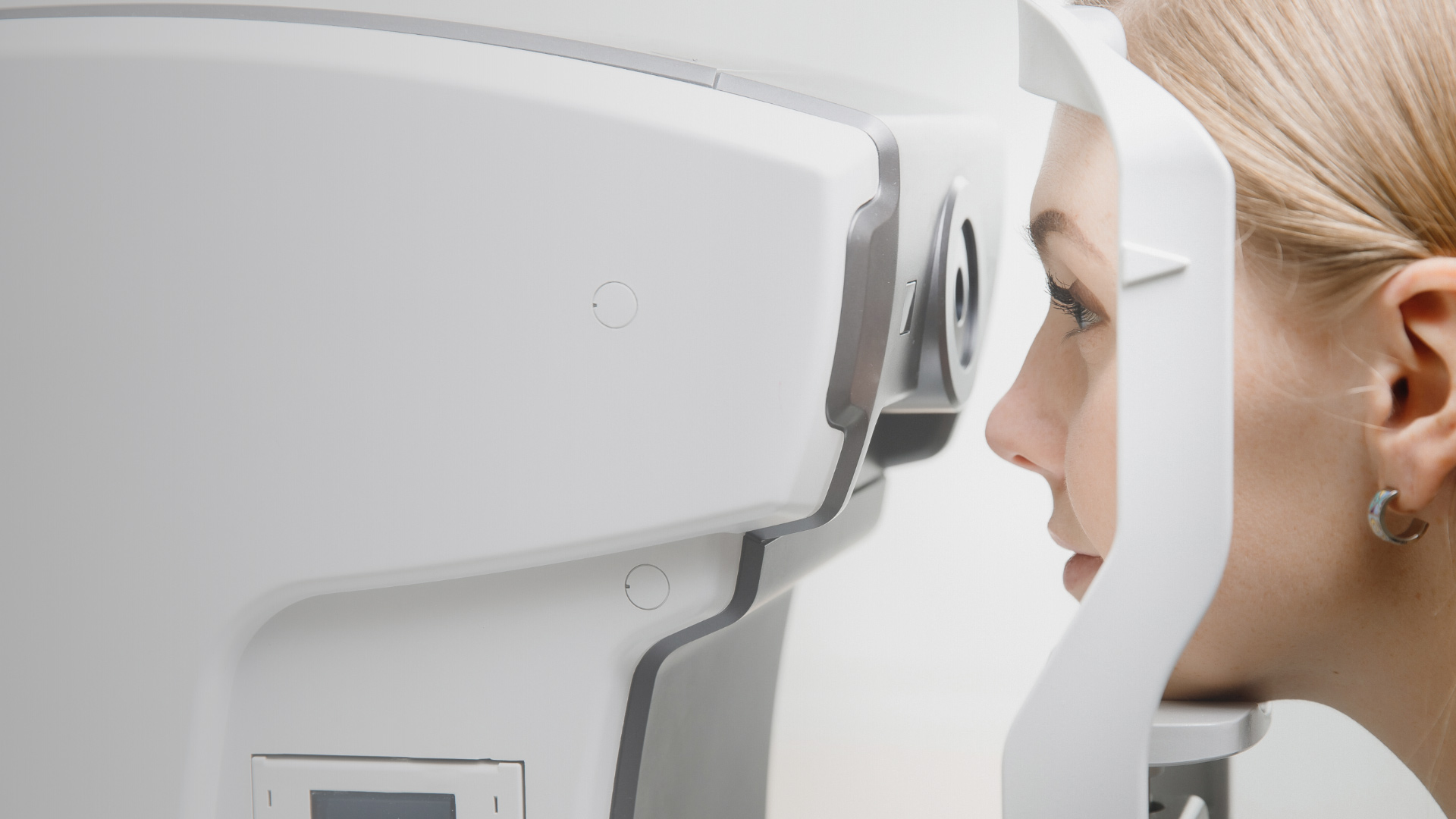Glaucoma is a progressive eye disease that can lead to irreversible vision loss if left untreated. It affects millions of people worldwide and is a leading cause of blindness. However, with advancements in medical technology and surgical techniques, there is hope for those diagnosed with glaucoma. In this article, we will explore the role of eye surgery in glaucoma treatment and how it can help preserve vision.
Understanding Glaucoma: A Brief Overview
Before delving into the details of glaucoma surgery, it is important to have a basic understanding of the condition. Glaucoma is characterized by increased intraocular pressure that can be diagnosed by eye test for glaucoma, which causes damage to the optic nerve. This damage, if not treated, can lead to vision loss. There are different types of glaucoma, including primary open-angle glaucoma, angle-closure glaucoma, and normal-tension glaucoma. Each type has unique characteristics and requires specific treatment approaches.
Glaucoma is often referred to as the “silent thief of sight” because it typically progresses slowly and without noticeable symptoms until significant vision loss has occurred. The increased pressure within the eye can damage the optic nerve, which is responsible for transmitting visual information to the brain. Without early detection and intervention, glaucoma can result in irreversible blindness. Regular eye examinations are crucial for detecting glaucoma in its early stages and preventing vision loss. Visit https://test-eye.com/recovery-process-after-glaucoma-surgery-tips-for-a-successful-outcome to get after recovery process after glaucoma surgery.
The Impact of Glaucoma on Vision
Glaucoma gradually affects vision by causing peripheral vision loss. In the early stages, the loss may be minimal and go unnoticed. However, as the disease progresses, the visual field narrows, making it difficult to see objects to the side. This can significantly impact one’s daily activities and quality of life.
In addition to peripheral vision loss, glaucoma can also affect contrast sensitivity, making it challenging to distinguish objects from their background. Patients with advanced glaucoma may experience tunnel vision, where their field of vision is severely restricted, leading to difficulties with mobility and orientation. Understanding the visual changes associated with glaucoma is essential for both patients and healthcare providers in managing the condition effectively.
The Different Types of Glaucoma
As mentioned earlier, glaucoma can manifest in various forms. Primary open-angle glaucoma is the most common type and occurs when the eye’s drainage system becomes blocked over time, leading to increased pressure. Angle-closure glaucoma, on the other hand, happens when the iris blocks the drainage angle. Normal-tension glaucoma is a condition in which the optic nerve is damaged despite having normal intraocular pressure. Understanding the type of glaucoma helps determine the most appropriate treatment approach.
It is important to note that glaucoma is a complex disease influenced by various factors, including genetics, age, and underlying medical conditions. While intraocular pressure is a significant risk factor, not all individuals with elevated pressure will develop glaucoma, and conversely, some may develop the condition with normal pressure. This highlights the importance of personalized care and regular monitoring to preserve vision and quality of life for individuals at risk of or living with glaucoma.
The Role of Eye Surgery in Glaucoma Treatment
Eye surgery plays a crucial role in managing glaucoma and preventing further vision loss. The primary goal of surgery is to reduce intraocular pressure and prevent further damage to the optic nerve. There are different types of glaucoma surgeries, each with its own benefits and considerations.
Glaucoma is a complex eye disease that requires careful management to preserve vision and prevent irreversible damage. In cases where medication and laser treatments are not sufficient to control intraocular pressure, surgery becomes a necessary intervention. Eye surgeons play a vital role in assessing the progression of glaucoma and determining the most appropriate surgical approach for each patient’s unique condition.

Types of Glaucoma Surgeries
One common type of glaucoma surgery is trabeculectomy. This procedure involves creating a new drainage path for the fluid to escape the eye, thus reducing intraocular pressure. Another surgical option is the implantation of drainage devices, which provide a route for excess fluid to exit the eye, maintaining optimal pressure. Laser surgeries, such as selective laser trabeculoplasty and laser peripheral iridotomy, are also used to treat specific types of glaucoma.
It is essential for patients to have a comprehensive understanding of the different surgical options available for glaucoma treatment. By working closely with their ophthalmologist, individuals can make informed decisions regarding their eye health and the most suitable surgical approach to manage their condition effectively.
The Process of Glaucoma Surgery
Prior to undergoing glaucoma surgery, a thorough examination is conducted to determine the most suitable approach. During the procedure, the patient is usually given local or general anesthesia to ensure their comfort. The surgeon will make a small incision and perform the necessary steps to reduce the intraocular pressure or create a new drainage pathway. Afterward, the eye will be carefully monitored during the recovery period.
Post-operative care is crucial for the success of glaucoma surgery. Patients are advised to follow their surgeon’s instructions diligently to promote healing and minimize the risk of complications. Regular follow-up appointments are scheduled to monitor the eye’s response to surgery and make any necessary adjustments to the treatment plan.
The Benefits of Glaucoma Surgery
Glaucoma surgery offers several benefits for patients in terms of vision preservation and improvement.
Vision Preservation and Improvement
By reducing intraocular pressure, glaucoma surgery helps preserve the remaining vision and prevents further damage to the optic nerve. In some cases, it may even lead to improvement in vision. This can have a significant impact on a patient’s quality of life, allowing them to continue participating in daily activities with less dependency on visual aids.
Reduction of Intraocular Pressure
One of the main objectives of glaucoma surgery is to lower intraocular pressure. By doing so, it reduces the risk of progression and further vision loss. While medication and lifestyle changes can help control the pressure to some extent, surgery provides a more effective and long-lasting solution.
Furthermore, glaucoma surgery can also help in reducing the need for multiple eye drops and medications that patients often have to use to manage their condition. This can simplify the treatment regimen for individuals, making it easier to adhere to and reducing the chances of missed doses or incorrect usage.
Improved Quality of Life
Aside from the direct impact on vision, glaucoma surgery can lead to an overall improvement in the patient’s quality of life. With better vision and reduced intraocular pressure, individuals may experience less eye strain, headaches, and overall discomfort related to their condition. This can result in a more positive outlook and increased confidence in performing daily tasks and engaging in social activities.

Risks and Considerations of Glaucoma Surgery
While glaucoma surgery offers significant benefits, it is important to consider the associated risks and considerations.
Glaucoma surgery is a crucial step in managing the progression of the disease and preventing further vision loss. It aims to lower intraocular pressure, which can help preserve the optic nerve and prevent irreversible damage. By addressing the underlying cause of glaucoma, surgery can potentially improve the patient’s quality of life and reduce their reliance on medications.
Potential Complications and Side Effects
Like any surgical procedure, glaucoma surgery carries risks. While complications are relatively rare, they can include infection, bleeding, inflammation, and scarring. Some patients may experience temporary vision fluctuations or discomfort during the recovery period. It is crucial to have a thorough discussion with your surgeon to fully understand the potential risks involved.
In some cases, additional procedures or interventions may be necessary to achieve the desired outcome. This can lead to extended recovery times and increased post-operative care requirements. However, with proper monitoring and adherence to post-operative instructions, many of these complications can be managed effectively, minimizing their impact on the patient’s overall recovery.
Pre-Surgery and Post-Surgery Care
Before undergoing glaucoma surgery, patients will need to follow specific instructions provided by their healthcare team. This may involve discontinuing certain medications and making necessary lifestyle adjustments. After the surgery, regular follow-up appointments are necessary to monitor progress and address any concerns.
Post-surgery care is essential for ensuring optimal healing and long-term success. Patients may be advised to use prescribed eye drops, avoid strenuous activities, and attend follow-up appointments as scheduled. These measures are crucial for monitoring intraocular pressure, assessing visual acuity, and detecting any signs of complications early on.
The Future of Glaucoma Treatment
The field of glaucoma treatment is constantly evolving, and researchers continue to explore new options for improving patient outcomes.
Advances in Surgical Techniques
Advancements in surgical techniques aim to make glaucoma surgery even safer and more effective. Minimally invasive procedures and innovative approaches are being developed to enhance surgical outcomes and minimize risks. These advancements have the potential to further improve vision preservation and quality of life for glaucoma patients.
One exciting development in glaucoma surgery is the use of micro-invasive glaucoma surgery (MIGS). MIGS procedures involve tiny incisions and specialized tools to reduce intraocular pressure, the main factor in glaucoma progression. These procedures are often performed in conjunction with cataract surgery, making them a convenient option for patients with both conditions.
Emerging Treatments and Research
Researchers are also focused on developing new treatments for glaucoma. From gene therapies to neuroprotective agents, there is ongoing exploration into novel approaches that can target the underlying causes of glaucoma. These advancements could revolutionize the way the disease is managed, potentially offering more effective and tailored treatment options.
Another area of research with promising potential is the use of stem cell therapy for glaucoma. Stem cells have the ability to regenerate damaged optic nerve cells, which are often affected in glaucoma. By harnessing the regenerative power of stem cells, researchers hope to restore vision and halt disease progression in glaucoma patients.
In conclusion, glaucoma surgery plays a vital role in preventing vision loss and preserving the remaining visual function. By reducing intraocular pressure and addressing the underlying causes of glaucoma, surgery provides hope for patients diagnosed with this progressive eye disease. As surgical techniques continue to evolve and research progresses, the future of glaucoma treatment looks promising, offering improved outcomes and a brighter future for those affected by this condition.

